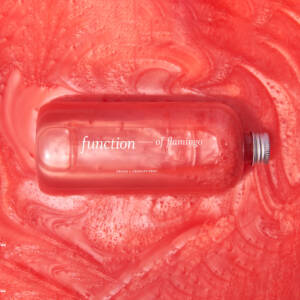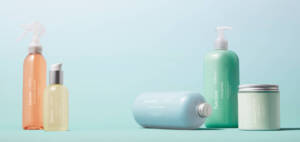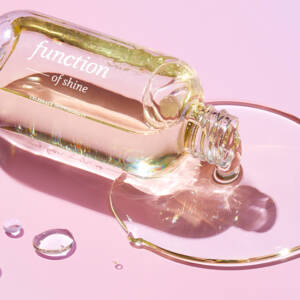The similarity between dry and damaged hair: the appearance and texture of hair.
Both dry and damaged hair can appear frizzy and dull, and can feel brittle. You might notice stray hairs and split ends. You’ll probably think to yourself, “What can I do about this?”
The difference between dry and damaged hair: the cause, and the solution.
There are two ways to figure out what’s up with your hair here. The first is to consider what your hair’s been through recently (we’ll talk you through navigating that) and the second is to test a single strand of hair (more on that in a few). Luckily, each issue has its own solution, so you’re in the right place.
Dry hair
Your hair becomes dry when it doesn’t receive or can’t retain moisture for long enough, due to factors like:
- Changes in your environment like a dry, hot climate or lots of sun or wind
- Swimming in chlorinated pools or salty ocean water
- Washing your hair very often (or more often than normal if you’re noticing a sudden change)
Solve it with hydration

The good news is that if your hair is dry, your hair strand is probably healthy and just needs a good long drink that you turn into a routine. Try
Custom hair mask: our weekly in-shower treatment that delivers major spa-like moisture with each use.
Custom leave-in treatment: this stays-all-day product locks in the benefits of your wash products while delivering extra hydration and shine.
To both, add these hydrating hair goals
Hydrate. With key ingredient coconut oil: delivering immediate moisture and nourishment to the strand
Deep condition. With key ingredient avocado oil: rich in vitamins A, D, and E to powerfully condition
Anti-frizz. With key ingredient tamarind extract: working to restore hair’s natural moisture content
Damaged hair
If dry hair happens due to a passive lack of hydration, think of damaged hair happening due to active addition of products, chemicals, or heat to the hair. Things like:
- Dying your hair (especially when bleaching is involved)
- Chemically treating your hair
- Using heat on your hair regularly (blow drying, straightening, curling)
These processes actually break down the layers of the hair strand that protect the cuticle and damage the hair shaft.
Solve it with nourishment

The solution here is about building up and adding nourishment rather than solely moisturizing. First, give your hair the break it needs. Do your best to stay away from chemicals, harsh products, and heat styling tools. Then, treat your hair with products that build up the hair strand. With function, that can mean your entire hair regimen when you add the following hair goals to any of our products
Replenish hair. With key ingredient chestnut extract: fatty acids and proteins that help revive hair from dyes, heat, and chemicals
Strengthen. With key ingredient horsetail extract: helps support the structural integrity of hair and improves sheen + texture
Thermal protection. With key ingredient grapeseed oil: built of fatty acids, it has a high tolerance to protect against heat damage
Color protection. With key ingredient palm fruit extract: protects the hair against oxidative damage to help promote maintenance of the hair surface and cuticle
The hair strand test
Need a physical way to see whether it’s dryness or damage? Take one strand of wet hair from your head, pinch each end with your fingers, and gently pull at it. If the hair stretches and then returns to its original length, it’s healthy! (Nice). If it stretches but doesn’t return it’s dry. If your hair doesn’t stretch, or it stretches a bit and then breaks, your hair is damaged.





